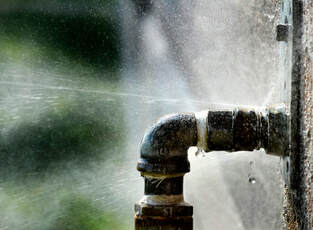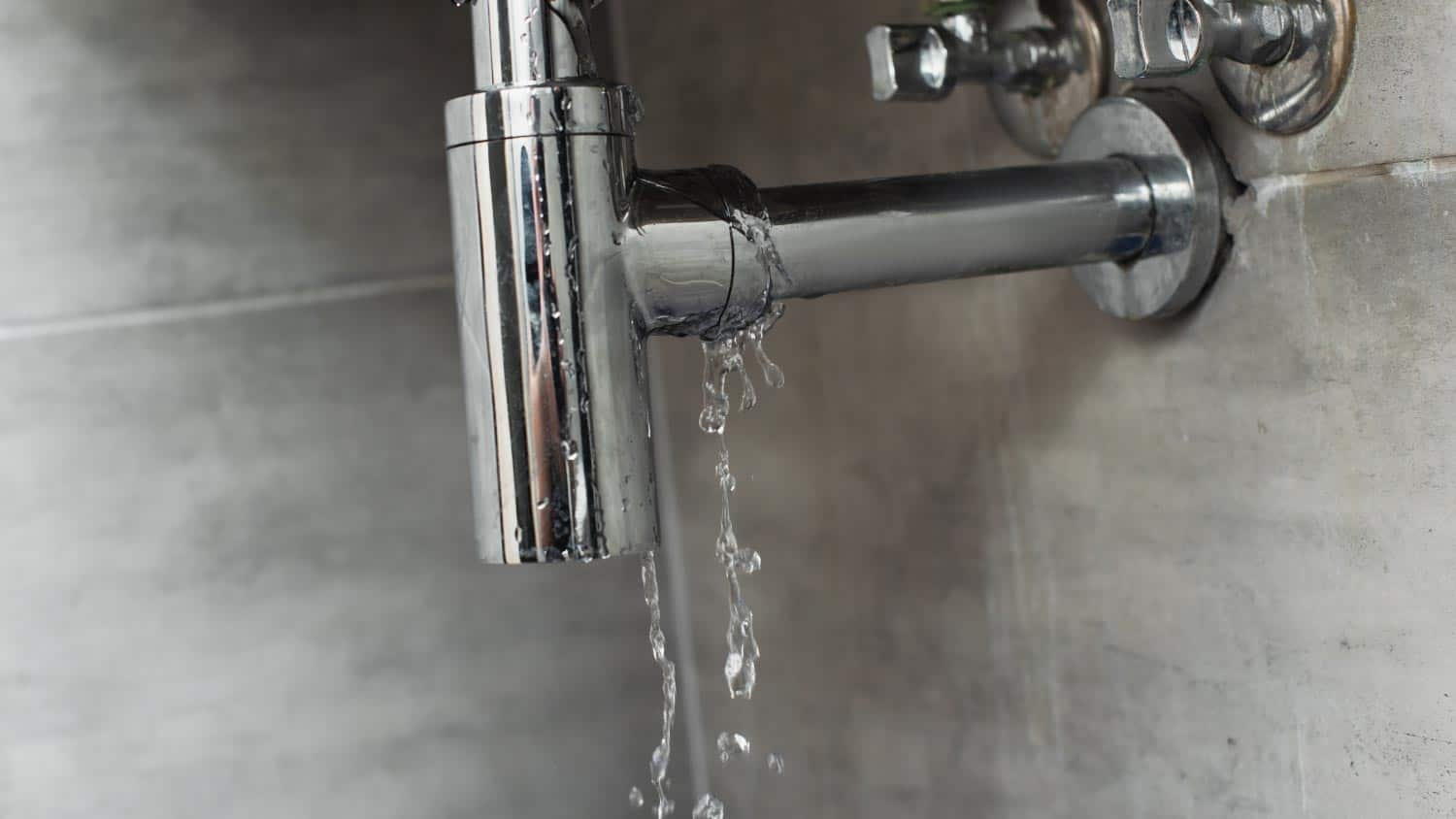Revealing Hidden Water Line Leaks: 6 Useful Detection Tips
Revealing Hidden Water Line Leaks: 6 Useful Detection Tips
Blog Article
How do you actually feel in regards to Finding hidden leaks?

Early detection of dripping water lines can minimize a prospective catastrophe. Some little water leakages might not be noticeable.
1. Take A Look At the Water Meter
Every home has a water meter. Examining it is a guaranteed manner in which aids you uncover leakages. For beginners, turn off all the water sources. Ensure no one will certainly purge, use the faucet, shower, run the cleaning equipment or dishwasher. From there, go to the meter and also watch if it will certainly alter. Because no one is utilizing it, there must be no movements. That shows a fast-moving leakage if it moves. If you spot no adjustments, wait an hour or 2 and inspect back once more. This implies you might have a slow leak that can even be underground.
2. Inspect Water Intake
Evaluate your water bills and track your water intake. As the one paying it, you should see if there are any disparities. If you identify sudden changes, in spite of your consumption being the same, it implies that you have leaks in your plumbing system. Remember, your water bill need to fall under the very same range on a monthly basis. An unexpected spike in your expense shows a fast-moving leak.
On the other hand, a consistent increase on a monthly basis, even with the very same routines, shows you have a slow leakage that's additionally slowly intensifying. Call a plumber to extensively inspect your property, specifically if you really feel a warm location on your flooring with piping underneath.
3. Do a Food Coloring Test
30% comes from commodes when it comes to water intake. Examination to see if they are running correctly. Decline flecks of food color in the storage tank and also wait 10 mins. If the shade in some way infiltrates your dish during that time without flushing, there's a leak between the tank and bowl.
4. Asses Outside Lines
Don't fail to remember to inspect your outside water lines as well. Examination spigots by attaching a garden tube. Needs to water seep out of the link, you have a loosened rubber gasket. Replace this and ensure all connections are tight. If you have actually got a lawn sprinkler, it will certainly assist get it professionally checked out and also kept annually. One little leakage can throw away lots of water as well as increase your water costs.
5. Inspect and Evaluate the Scenario
Property owners ought to make it a routine to examine under the sink counters as well as even inside cupboards for any bad odor or mold growth. These 2 red flags indicate a leak so punctual attention is needed. Doing regular evaluations, even bi-annually, can save you from a significant problem.
Examine for stainings as well as damaging as many pipes and also appliances have a life expectations. If you suspect dripping water lines in your plumbing system, don't wait for it to intensify.
Early discovery of dripping water lines can reduce a prospective catastrophe. Some small water leakages may not be visible. Examining it is a proven way that helps you find leakages. One small leak can squander lots of water and spike your water costs.
If you presume leaking water lines in your plumbing system, do not wait for it to intensify.
How to Know If Your Home Has a Hidden Leak
Water Meter Reveals Inexplicable Water Usage
If you’d like to test whether or not there’s a leak somewhere in your home, you can do this using your water meter. Here is how to conduct the test:
Don’t use any water in your home for at least 30 minutes; this also means not turning on faucets or water-using appliances.
Go outside, and check your water meter for activity.
If your water meter shows that there was activity, even though no one was using any water, this proves that there is a leak in your home.Visible Mold or Mildew Growth
Leaks behind walls create moist, dark environments that allow mold and mildew to grow and thrive. Eventually, you might see mold growth forming on the wall closest to a hidden leak.
If mold is growing in an area that receives a high amount of moisture, such as a bathroom, it may simply be an indication that better ventilation is needed. However, if you see mold growth on a wall or the ceiling in an area where you would not expect, you probably have a hidden leak.
Musty, Mildew Odor
Sometimes you might not be able to see the mold or mildew that is growing as a result of a leak. However, the smell can give the problem away just as easily. If you catch a whiff of something musty, there’s a good chance that old water is collecting somewhere in your home that you can’t see.
Stained/Warped Walls, Ceilings, or Floors
When your home soaks up water, a variety of red flags can become visible, including ceiling stains, bubbling drywall, warped walls, and sagging floors. While these issues can be caused by excess humidity, they can also be signs that a pipe or plumbing connection has started leaking behind your walls.
Inexplicably High Water Bill
After a while, you get a general sense for what your water bill should be. If you own a pool or sprinkler system, your bill will tend to be higher during summer. However, if you receive a water bill that seems especially high, and you can’t figure out what caused it, then you may have a hidden leak somewhere that’s increasing your bill.
https://www.plumbingjoint.com/blog/2019/july/how-to-know-if-your-home-has-a-hidden-leak/

I hope you liked our excerpt on Leaking water lines. Thanks for spending some time to read our piece. Do you know about someone else who is fascinated about the topic? Do not hesitate to share it. I love reading our article about Hacks to detect leaks.
Call, we respond! Report this page